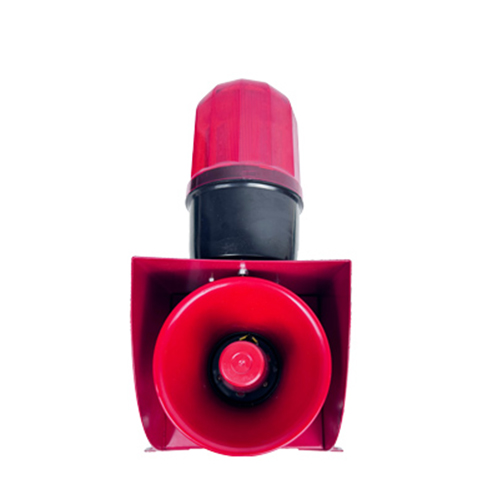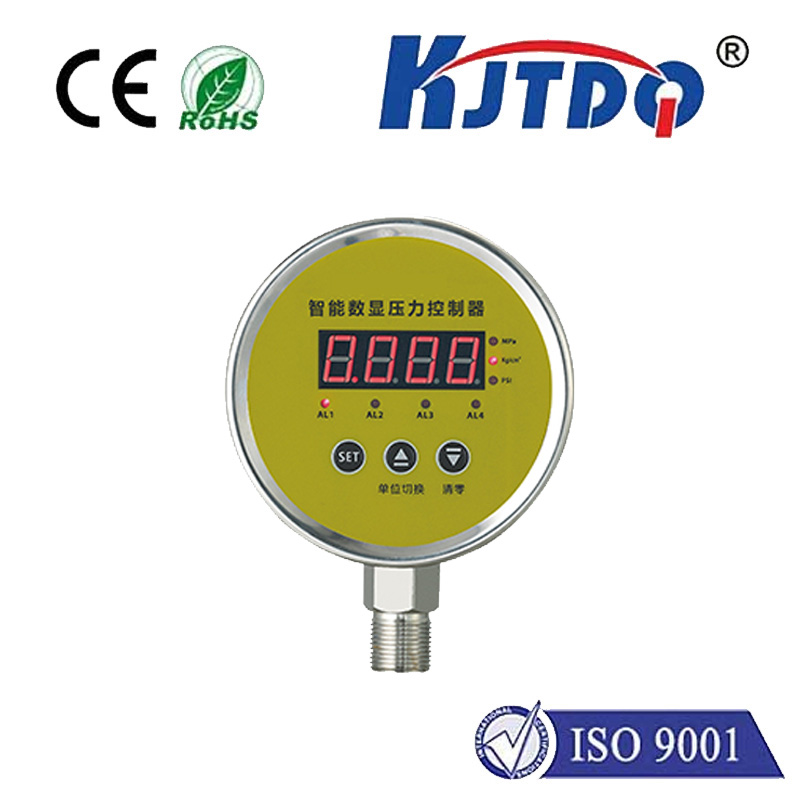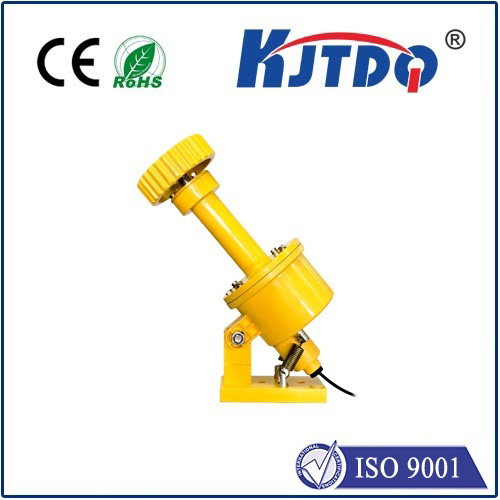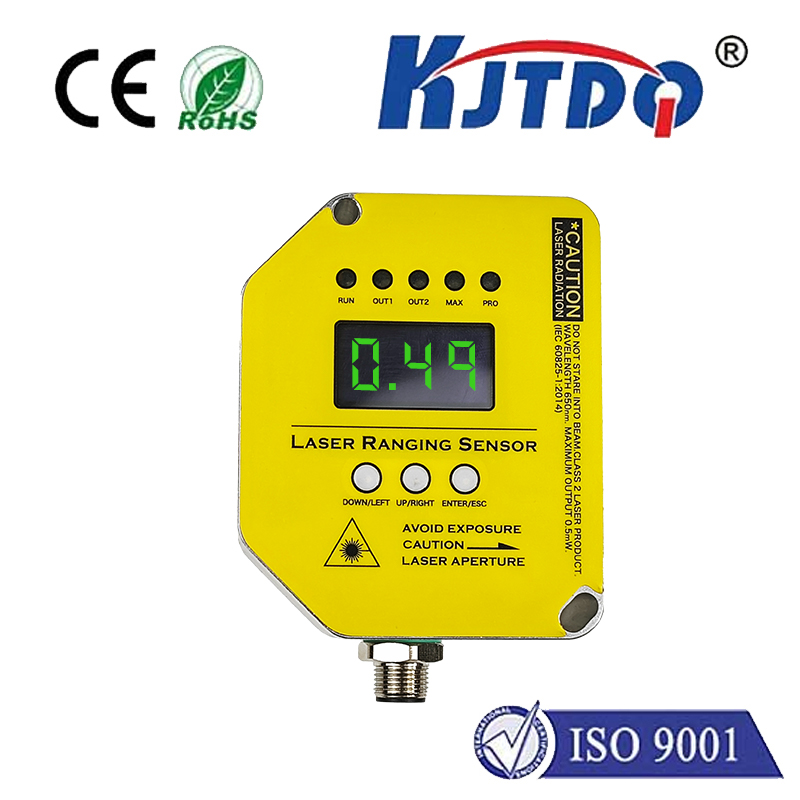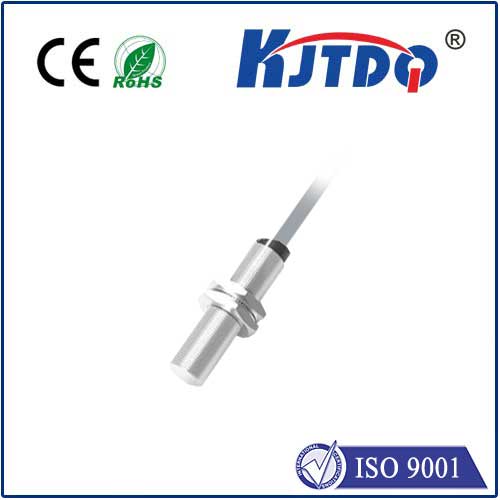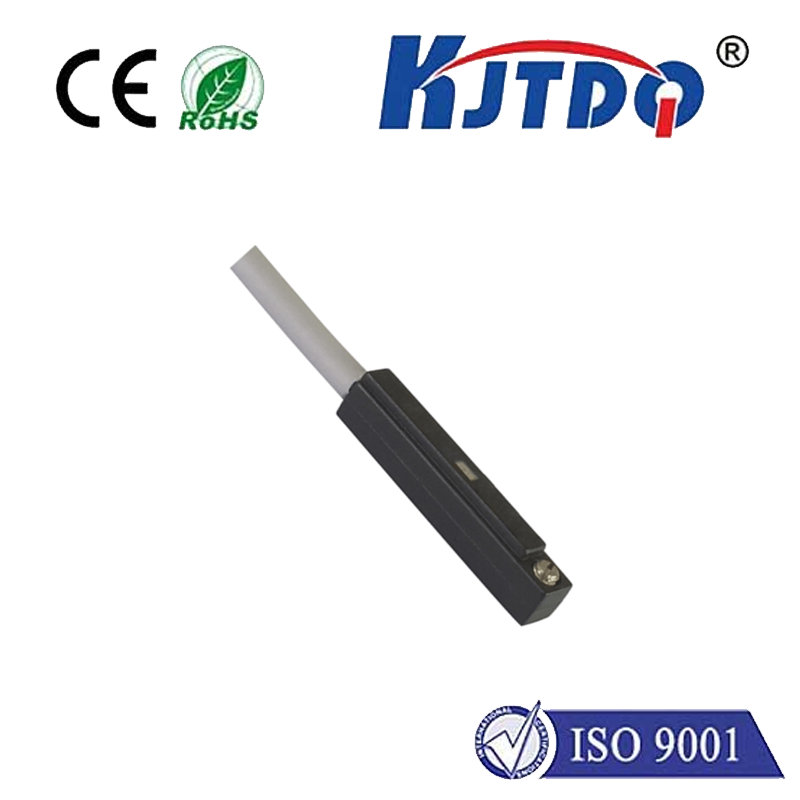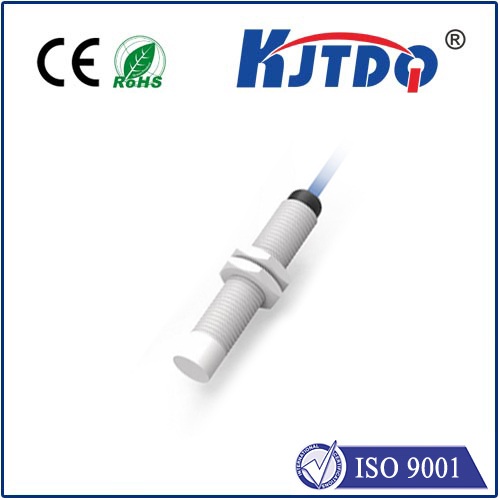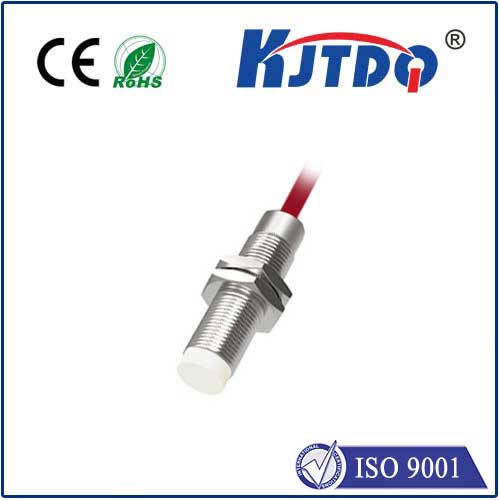calling sensor
- time:2025-06-20 01:21:51
- Click:0
The Eyes That Listen: How Calling Sensors Transform Human-Machine Interaction
In the quiet hum of a modern office, your computer screen blinks to life as you approach, ready for work. Across town, a restroom faucet activates the moment hands hover near, conserving water effortlessly. Beneath the surface of these seemingly intuitive responses lies a crucial yet often overlooked technology: the calling sensor. These unassuming devices act as the silent sentinels, detecting presence or specific actions to initiate a response – a “call to action” for machines. Understanding their function unlocks how they seamlessly bridge the gap between human presence and automated systems, creating environments that are responsive, efficient, and increasingly intelligent.
Often referred to as presence detectors, proximity sensors, or occupancy sensors, calling sensors are the fundamental building blocks of automated interaction. Their primary role is simple yet profound: to detect the existence, approach, or specific gestures of a person or object within a defined field. This detection is the critical first step – the “call” – that signals a connected system to perform a predetermined action. Think of them as the eyes and ears (though they rarely use actual sight or sound in the conventional sense) that allow machines to perceive our world and react accordingly.
How Do Calling Sensors “See” Us?

Contrary to popular belief, most calling sensors don’t “see” in the visual spectrum like cameras. Instead, they employ various technologies to detect presence or proximity:
- Passive Infrared (PIR Sensors): These are perhaps the most common. They detect changes in infrared radiation (body heat) emitted by humans and animals within their field of view. Movement is typically required for reliable detection. Think automatic lights turning on as you walk into a room.
- Ultrasonic Sensors: These emit high-frequency sound waves imperceptible to humans. The sensor measures the time it takes for these waves to bounce back from an object. A change in the return time indicates the presence or movement of an object within the detection zone. They are effective even with stationary occupants.
- Microwave Sensors: Similar to ultrasonic but using microwave radio waves. They are highly sensitive to movement and can cover larger areas or even penetrate non-metallic materials, but are more prone to false triggers and consume more power.
- Capacitive Sensors: These detect changes in an electrical field caused by the presence of a conductive object (like a human body). They are often used for touchless faucets or flush mechanisms, activated by a simple close proximity gesture.
- Combined (Dual-Technology) Sensors: To minimize false activations (like lights turning on due to a blowing curtain), many systems combine technologies, such as PIR + Ultrasonic. Both sensors must detect activity before triggering a response, significantly enhancing reliability.
Beyond Convenience: The Tangible Benefits of Presence Detection
The applications of calling sensors extend far beyond just turning lights on and off. Their ability to trigger actions based on detection delivers significant advantages:
- Enhanced Energy Efficiency: This is arguably their most impactful benefit. By automatically switching off lights, HVAC systems, or appliances in unoccupied rooms (offices, conference rooms, restrooms, hallways), businesses and homeowners achieve substantial reductions in energy consumption and utility costs. Lights don’t burn unnecessarily; heating or cooling isn’t wasted on empty spaces.
- Elevated User Convenience and Hygiene: Touchless interaction is king for hygiene and ease of use. Hands-free faucets, soap dispensers, towel dispensers, and flushers in public restrooms, activated by simple presence, minimize germ spread and improve accessibility. Similarly, automatic doors triggered by proximity offer smooth, barrier-free entry and exit.
- Improved Security: Calling sensors form a vital part of intrusion detection systems. Motion sensors can trigger alarms if unexpected movement is detected in secure areas during off-hours. They can also activate security lighting to deter potential intruders.
- Optimized Building Management: Integrated into Building Management Systems (BMS), occupancy data from calling sensors helps facilities managers understand space utilization patterns, optimize cleaning schedules, manage conference room bookings more effectively, and make data-driven decisions about real estate needs.
- Enabling Smart Homes and Automation: In the residential sphere, calling sensors are fundamental to smart home ecosystems. They can trigger lights as you move through the house, adjust thermostat settings based on occupancy, pause media playback when a room is empty, or even activate security modes when everyone leaves.
The Future of Calling Sensors: Smarter, More Integrated, More Contextual
The evolution of calling sensors is ongoing, driven by advancements in miniaturization, power efficiency, data processing, and connectivity:
- Integration with AI and Machine Learning: Future sensors will move beyond simple presence/absence detection. By incorporating AI, they can start to interpret context and intent. For example, differentiating between someone walking past a room and someone entering to stay, or recognizing specific gestures for more complex control.
- Enhanced Data Analytics: Aggregated data from vast sensor networks will provide deeper insights into human behavior patterns within spaces, enabling even more sophisticated optimization of environments for comfort, productivity, and efficiency.
- Improved Accuracy and Reduced False Triggers: Advancements in sensor fusion (combining multiple sensing technologies and data sources) and smarter algorithms will continue to enhance reliability, minimizing annoyances and maximizing utility.
- Voice and Multi-Sensory Integration: Calling sensors will increasingly work in tandem with voice assistants and other sensory inputs (like cameras with privacy-preserving features) to create even more natural and intuitive human-machine interactions. The “call” may soon involve a combination of presence, voice command, and gesture.
Conclusion
Calling sensors, the unassuming detectors of presence and proximity, are the invisible facilitators of modern convenience, efficiency, and intelligence in our built environment. By “listening” for human activity through infrared heat, sound waves, radio waves, or electrical fields, they initiate a cascade of automated actions that make our lives easier, our spaces more responsive, and our resource consumption more sustainable. As these technologies continue to evolve, becoming smarter, more integrated, and more contextual, their role as the fundamental trigger for human-machine interaction will only grow more profound and indispensable. They are the quiet orchestrators, ensuring our technology responds precisely when and where we need it.












